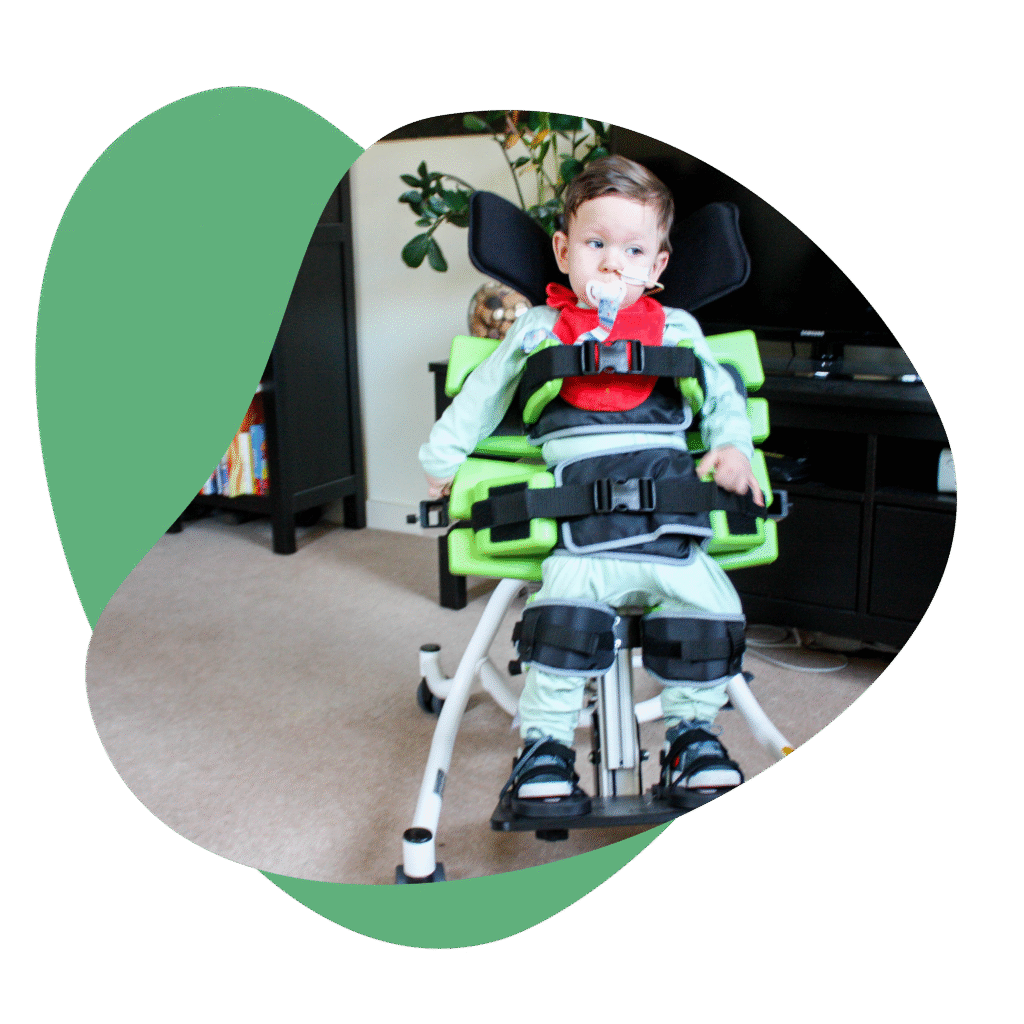TREATMENT
While there is no cure for NKH, there are some treatments available to support management of symptoms.
Please always discuss treatment options with a medical team, who can support you in finding the best options for your child. Your care team should explain each treatment to you.
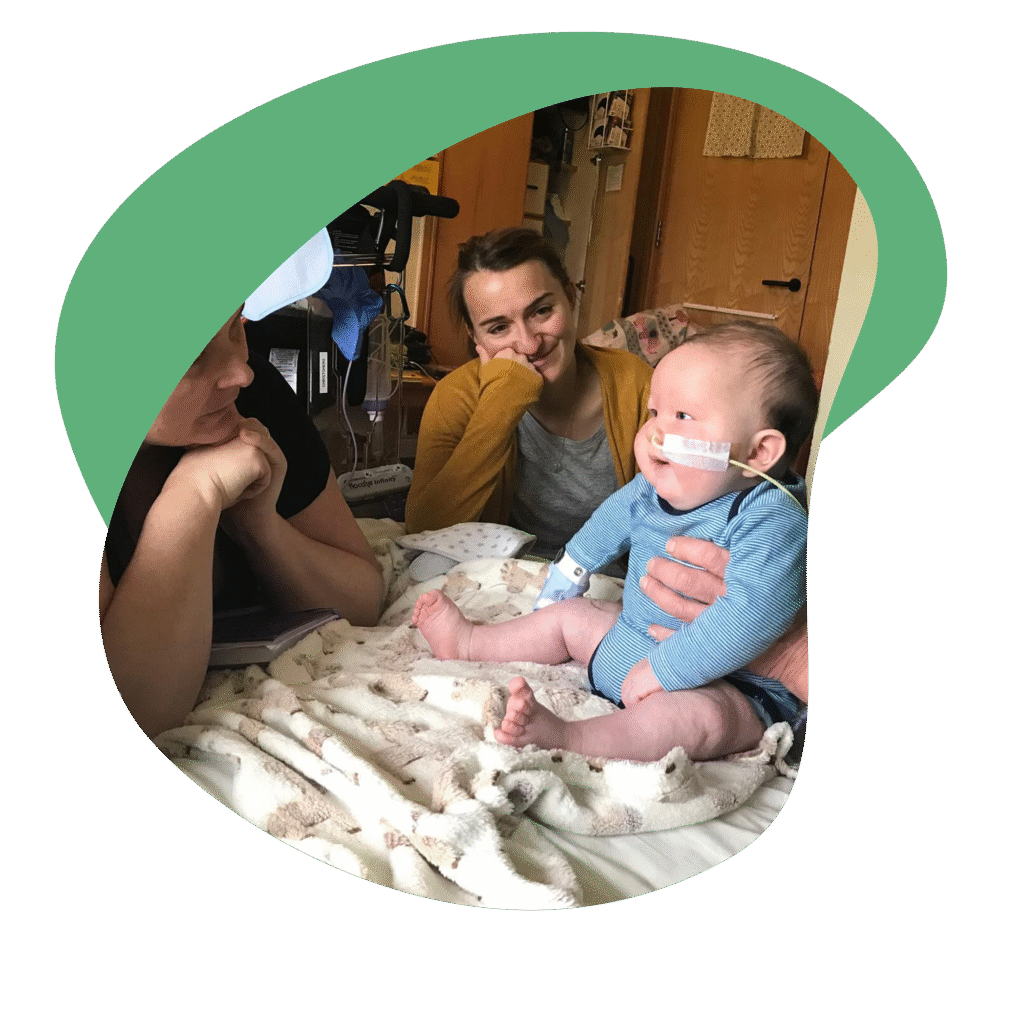
Medications to avoid
There are some medications that should not be given to NKH patients, as they are contraindicated (meaning they may cause
harm to those with NKH). These include:
- Vigabatrin (also known as Sabril).
- Sodium Valporate (also known as Ofril, Epilim, Episenta, Epival or Convulex)
- Valproic Acid (also known as Ofril Long or Ofril Retard)
- Divalproex Sodium (also known as Depokate).
- Phenytoin (also known as Dilantin).
Additionally, some medications and vaccines may contain gelatin, which has high levels of glycine. These should be avoided and alternatives used.
Medications
There are some medications that should not be given to NKH patients, as they are contraindicated (meaning they may cause
harm to those with NKH). These include:
Sodium Benzoate
What it does:
It is a medication used to reduce glycine levels in the blood to
normal levels, and reduces glycine in the CSF – cerebrospinal fluid (though it does not bring this down to normal levels). It also improves arousal (meaning how awake or active the patient is); decreases or eliminates seizures; and allows some developmental progress.
How it works:
It enables glycine to leave the body through urine, through
chemical processes. In short, it binds with glycine in the blood, to create hippurate, which is then cleared through the kidneys into urine.
Side effects:
- This treatment can be hard to ingest (to take) for the patient, which can be alleviated through stomach lining medications. It can also cause burns around the mouth and bottom in some children.
- Another side effect is that it can increase the likelihood of excess ammonia in the blood.
Range:
Sodium benzoate is available in tablet, syrup, IV or powder form.
Things to watch out for:
- Long term use of Sodium Benzoate may reduce carnitine levels. Carnitine is a chemical that is made in the human brain, liver, and kidneys. It helps the body turn fat into energy. Monitoring and supplementation might be necessary.
- Some find that Sodium Benzoate can be harsh when ingested and may cause vomiting. To help prevent this, Sodium Benzoate is often paired with a medication (also called a ‘proton pump inhibitor’ or ‘PPI’) to help with indigestion and heartburn, and acid reflux. Some patients find it best to give Sodium Benzoate very slowly and on a full stomach.
- Sodium Benzoate should not be taken with ascorbic acid/vitamin C, as together they can form a benzene, a chemical that may increase the risk of cancer, although this has not been reported in patients with NKH. When giving ascorbic acid/vitamin C, give it at a different time from Sodium Benzoate.
Dextromethorphan
What it does:
Dextromethorphan (you may see this called DXM or DM) is used to support with better seizure control and improve neurological function. Neurological function means how the brain receives and sends information to the rest of the body.
How it works:
DXM is a common ingredient in more than 125 cough and cold remedies. In those medications, it works by decreasing activity in the part of the brain that causes coughing. For NKH, it is used in an unlicensed medication as a blocker for the same processes, which also stop neurons with glycine receptors from overfiring – giving them a short break.
Side effects:
There are a range of side effects, some which can be quite strong.
These can consist of drowsiness and a strong desire for sleep/lethargy; irritability; involuntary movements; and refusal to eat, among others. If the dose is too strong, it may also cause breathing problems, including slow and laboured breathing, shallow breathing, or apnea/no breathing (especially in young children).
Range:
DXM is available in a range of different forms, including as a
powder, lozenge, capsule, dissolving strip, tablet or liquid.
Things to watch out for:
There is an association between DXM and stroke. Also, patients should not be withdrawn from this medicine abruptly.
From what we know from the NKH community, patients can become twitchy, if the dose is either too high, or too low.
Other types of treatment
Therapy
There are many different kinds of therapy to help your child thrive. Each therapy programme is unique to meet your child’s specific needs, but may include:
- Physiotherapy. Physio helps to maintain movement and function of your child’s body and limbs.
- Occupational therapy. OT helps individuals with their physical, sensory, social or cognitive needs, helping build skills needed towards independence.
- Speech and Language therapy. SALT help build skills in
communication and in eating, drinking and swallowing safely. - Vision/sensory therapy. VI helps build vision skills and
development of the senses - Respiratory therapy. RT helps manage conditions that affect your child’s lungs.
- Play Therapists: Play therapy can be used to support children to build social and developmental skills through play and allow them an opportunity to express themselves in a safe way.
- Portage: this is a type of educational play service in the UK for children with disabilities and their families, that takes place during home visits.
- Dietician: the role of dieticians is to advise people on their everyday food choices, which can support children with NKH getting the nutrition they need.
- Hydrotherapy: also known as aqua therapy, is a version of occupational therapy and physiotherapy, that involves the use of water for pain relief and muscle relaxation.
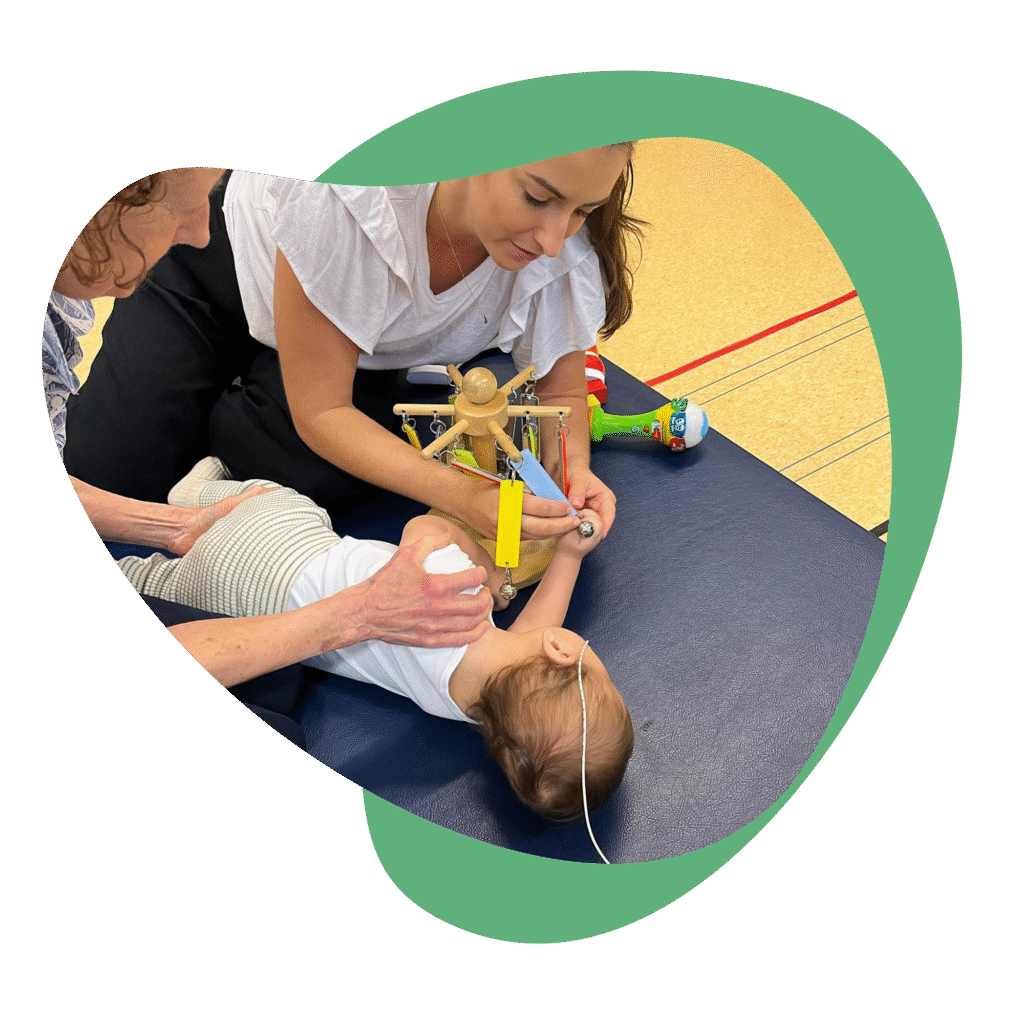
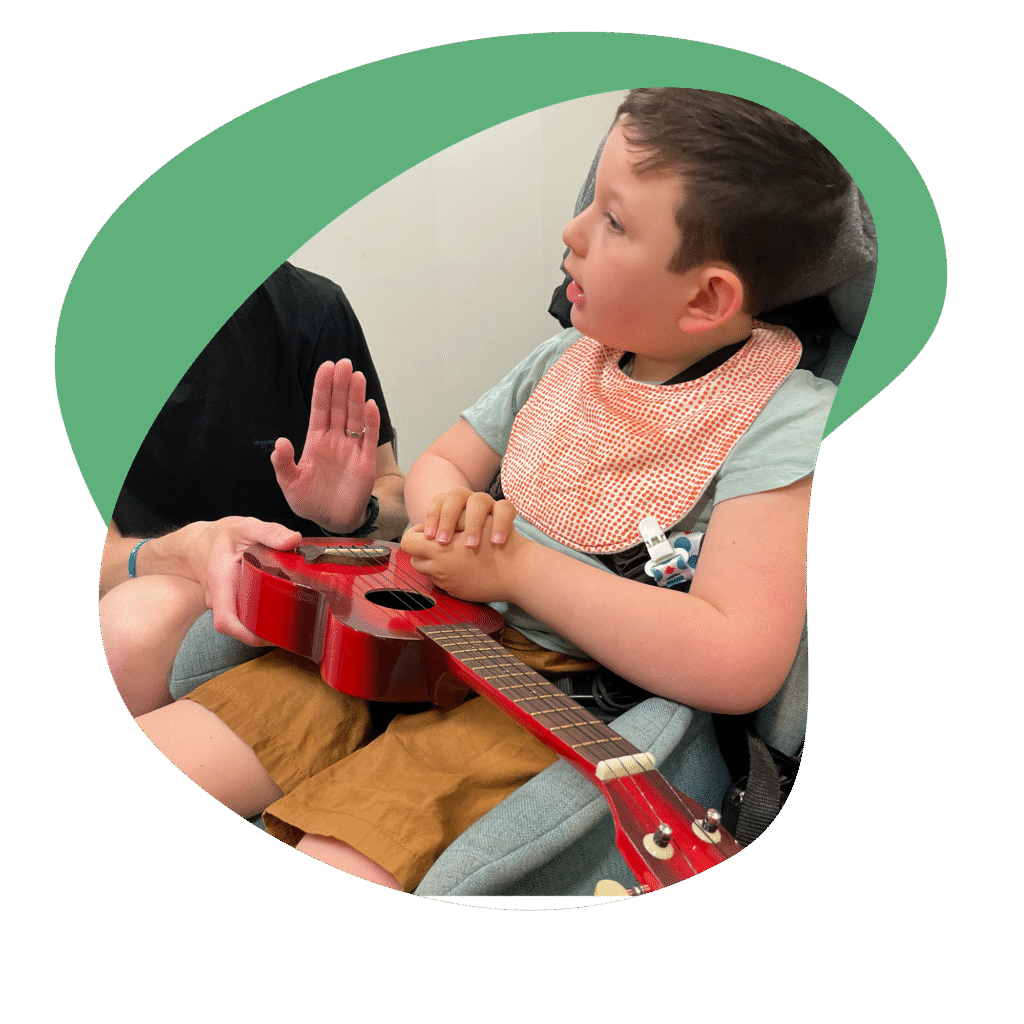
Feeding Support
Feeding is something that, on a practical level, has a big impact on day-to-day living with NKH. Sometimes when a child has developmental delays or they are lethargic, the coordination of sucking, swallowing and breathing needed for feeding may not be in place to manage oral feeding (eating by mouth) safely.
It’s important to note that having a feed tube does not change (or indicate) the severity of NKH your child might have. Children of both attenuated and severe forms of NKH may benefit from having a feeding tube.
It can be uncomfortable to think about your child being fed by tube, but tube feeding can help keep your little one nourished and hydrated, without the stress/exhaustion that might come with oral feeding.
Tube feeding can happen at the same time as oral feeding, if your child is sometimes able to eat orally. It’s also important to note that a child with NKH’s ability to feed may change. Some days they may take a bottle, or learn to eat orally. Other days feeding by tube may be the best option.
If you have any concerns, please speak to a speech and language therapist about your child’s specific needs.
Different methods of feeding include:
- Oral feeding: either by bottle or solids by mouth
- Nasogastric (NG) tube: a tube inserted in the nose, but fed down to the stomach and held in place with tape on the face
- Gastrostomy: feeding via a g-tube or button. This refers to a small medical device surgically inserted in the abdomen wall, directly connecting to the stomach.This is sometimes called a PEG (Percutaneous endoscopic gastrostomy)
- Jejunostomy: this is a jej tube. This is similar to a g-tube,
feeding into the intestines/bowel, bypassing the stomach.
There are also different kinds of diets to support a child with NKH:
Ketogenic diet (this is sometimes known as ‘keto’) is a low-carb,
high-fat diet. This has shown to have some success with seizure
control, however, should be managed carefully as it can alter
glycine levels and cause sodium benzoate toxicity.
- The blended diet. This blended food, either pureed to be eaten by mouth, or blended smooth enough to be eaten by tube.
- Sole supplement formula. These are formulas that meet the nutritional needs of your child. These are more complex than baby formulas, and need to be prescribed by a dietician.
- Low glycine diet. This involves reducing the amount of glycine in the diet, which can be effective for some individuals with severe NKH in reducing their levels of glycine. However, if this is inappropriately severe, it can lead to protein malnutrition. If you would like to explore this option, please work with a dietician to ensure it is done safely.
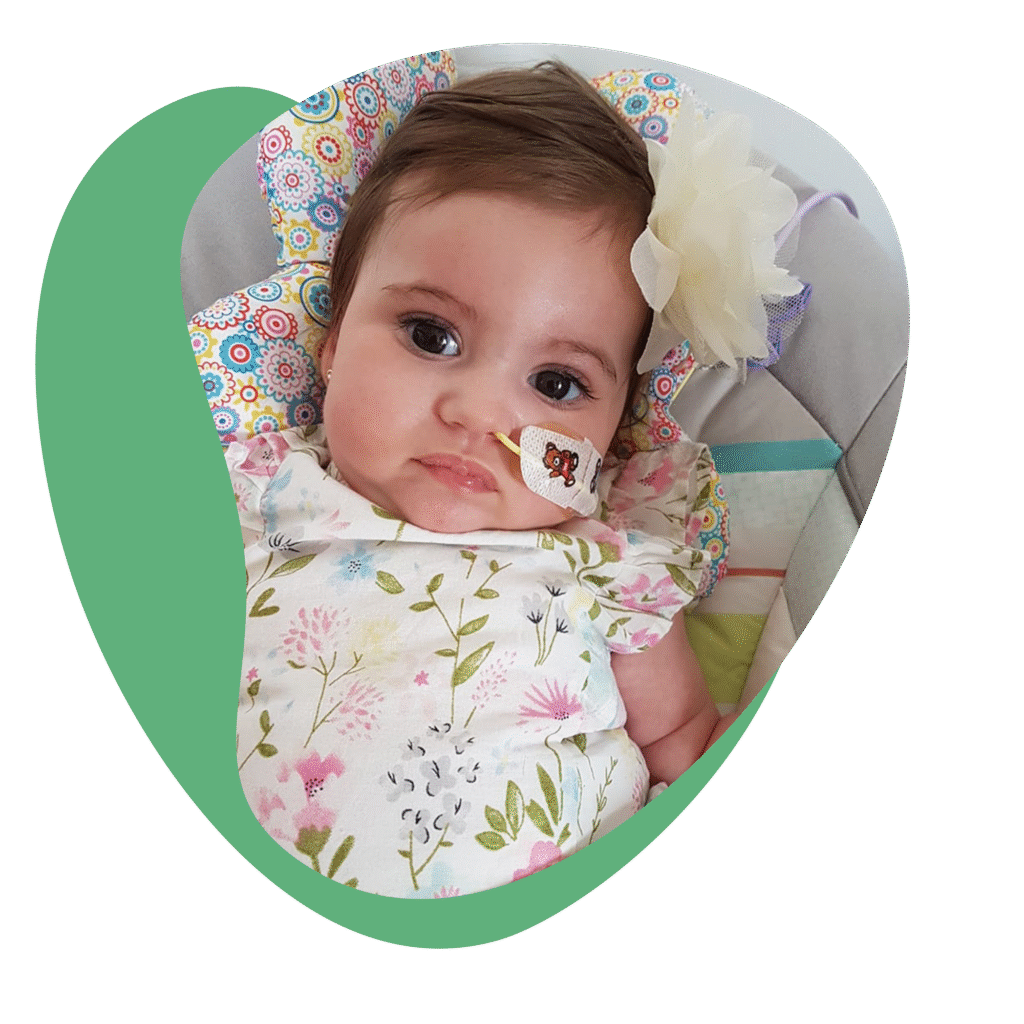
Equipment
Depending on the severity of NKH your child has, there is a range of equipment that might be used to support your child as they grow.
- Oral feeding: either by bottle or solids by mouth
- Supportive Seating with a tray/Wheelchairs: to help your child get around and to participate in activities.
- A stander/a walker: To help your child weight bear and help develop their hips.
- A hoist/slings: to help transfer your child when they are too big to be moved manually.
- A bath chair: a supportive seat used while bathing.
- A SAT monitor: to help monitor your child’s oxygen levels
and heart rate. Because these also have an alarm, they are sometimes used as epilepsy alarms, too. - A suction machine: this machine helps remove any secretions or mucus plugs.
- Oxygen tank and facemask: to help supplement oxygen.
- A nebuliser: This is a device that can deliver medicine by changing liquid medicine into a fine mist. The patient then breathes this mist in through a facemask.
- A cough assist vest: This is a vest used to dislodge mucus and secretions from within the lungs and moved to the larger airways where they can be cleared by coughing or suctioning.
- A profiling bed: This a bed that tilts up and down.
- A safety bed: This is a bed with padded walls that can help keep attenuated children safe at night.
- Splints: these help to keep ankles (often called AFOs – Ankle- Foot Orthosis) or wrists in a neutral position, and to stop joints from collapsing.
- DMO/Lycra or Compression Suit: DMO stands for Dynamic Movement Orthosis and is a suit made of stretchy material used to help align shoulders, hips and torso.
